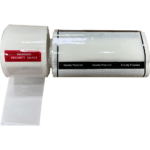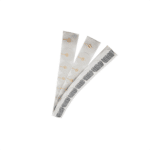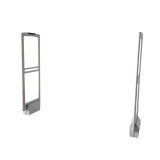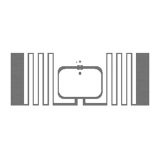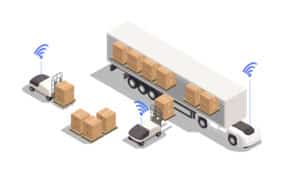Ever wondered how to make the right choice when selecting an RFID scanner device? Whether you’re streamlining inventory management, improving access control, or enhancing logistics tracking, finding the ideal device is crucial. Read this article to explore key factors that will guide you in selecting the perfect RFID scanner device for your specific requirements.
Key factors to consider when selecting an RFID scanner device
RFID scanner device is one of the key components of an RFID system. It is responsible for reading and capturing data from RFID tags. With the wide range of options available in the market, it can be overwhelming to choose the right RFID scanner device for your specific needs. Here are the key factors to consider when selecting an RFID scanner device.
1. Understanding RFID scanner devices
Before diving into the selection process, it is important to understand the basic functionality of RFID scanner devices. These devices use radio waves to communicate with RFID tags, capturing the information stored on the tags and transferring it to a central computer or database. RFID scanner devices come in various forms, including handheld devices, fixed readers, and integrated systems. Each type has its own advantages and considerations, depending on the intended use and application.
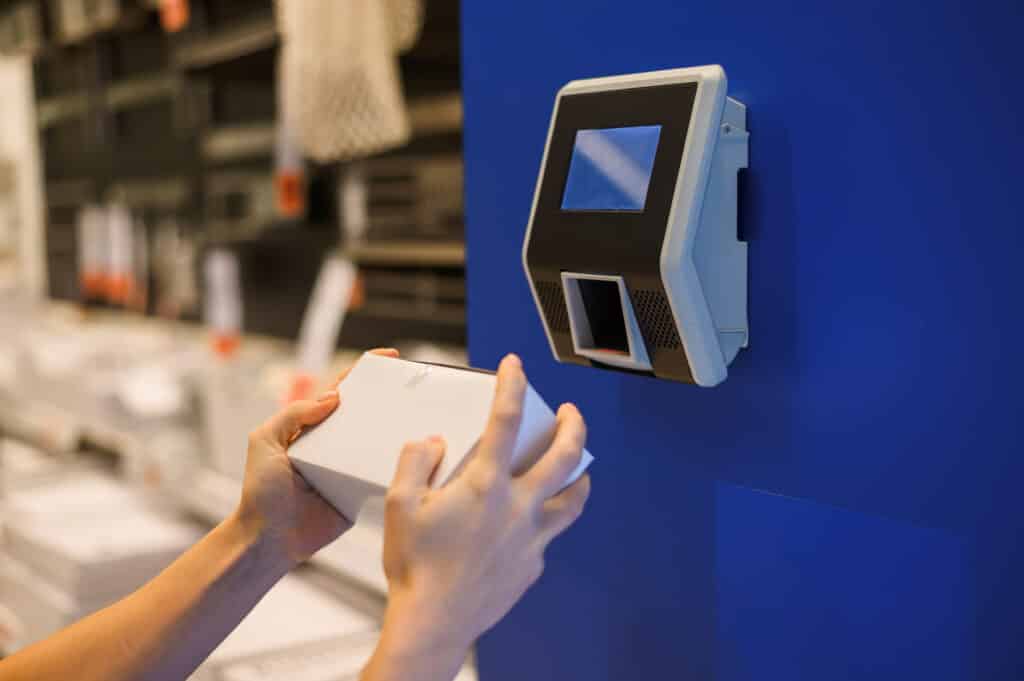
2. Consider the frequency
RFID scanner devices operate on different frequencies, including low frequency (LF), high frequency (HF), and ultra-high frequency (UHF). The frequency of the device determines its range, reading speed, and compatibility with different types of RFID tags . It is important to choose a scanner device with a frequency that aligns with your specific requirements. For example, if you need to read tags from a short distance, a low-frequency scanner device may be sufficient. On the other hand, if you require long-range reading capabilities, an ultra-high frequency scanner device would be more suitable.
3. Evaluate reading range and speed
The reading range and speed of an RFID scanner device are crucial factors to consider when selecting the right device. The reading range refers to the distance at which the device can accurately capture data from RFID tags. The reading speed, on the other hand, refers to how quickly the device can process and transfer the captured data. Depending on your use case, you may require a scanner device with a longer reading range and faster reading speed. For instance, in a busy warehouse environment, a high-speed scanner device with a wide reading range would be essential for efficient inventory management.
4. Compatibility with RFID tags and protocols
It is important to ensure that the RFID scanner device you choose is compatible with the RFID tags and protocols used in your specific application. RFID tags come in various formats, such as passive, active, or battery-assisted passive, with different chip technologies. Additionally, there are different RFID protocols, such as EPC Gen2, ISO 18000-6C, and NFC, which determine how the data is transmitted between the tags and the reader. Before making a purchase, verify that the scanner device supports the tags and protocols required for your intended use.
5. Consider the environment
The environment in which the RFID scanner device will be used should also be taken into account. Different industries and applications have varying environmental conditions, such as temperature, humidity, and potential interference. Choose a scanner device that is designed to withstand and perform optimally in the specific environmental conditions of your application. For example, if you are operating in a harsh industrial setting, a ruggedized scanner device with an IP rating for dust and water resistance would be a wise choice.
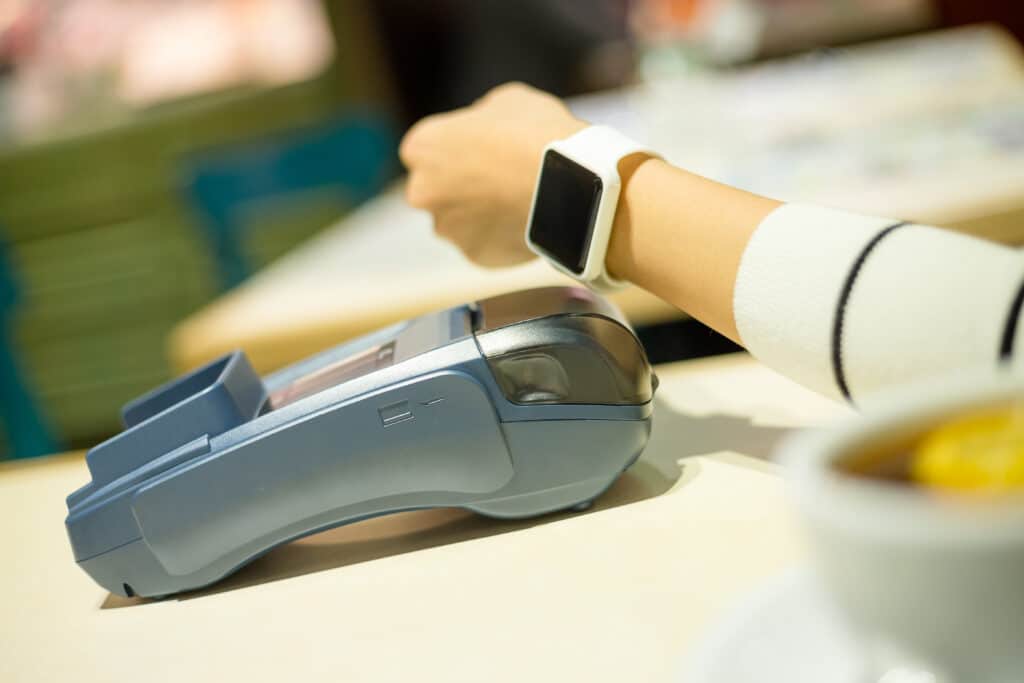
6. Integration and connectivity options
Consider the integration and connectivity options offered by the RFID scanner device. Depending on your requirements, you may need a device that can seamlessly integrate with your existing systems, such as inventory management software or asset tracking systems. Look for scanner devices that support industry-standard communication interfaces, such as USB, Ethernet, or Bluetooth, to ensure easy integration. Additionally, check if the device provides software development kits (SDKs) or application programming interfaces (APIs) for custom integration.
7. Pricing and support
Lastly, consider the pricing and support provided by the RFID scanner device manufacturer or supplier. Compare the prices of different scanner devices and assess the value they offer in terms of features, performance, and durability. Additionally, inquire about the warranty and support options available, as well as any additional services, such as installation or training. Investing in a reputable brand with good customer support can ensure a smooth experience and long-term reliability.
Final thoughts on selecting the right RFID scanner device
In conclusion, choosing the right RFID scanner device requires careful consideration of various factors, including frequency, reading range and speed, compatibility, environmental conditions, integration options, pricing, and support. By taking these factors into account, you can make an informed decision and select a scanner device that meets your specific needs. Remember, the right RFID scanner device is a crucial component for the successful implementation and utilization of RFID technology in your business or organization.
FAQs
1. What is an RFID scanner device?
An RFID scanner device is a technology that uses radio-frequency identification to capture and read data stored on RFID tags or labels. It comprises an RFID reader, which emits radio waves, and an antenna that receives signals from the RFID tags. When an RFID tag comes into the range of the scanner, the data is transmitted to the reader, allowing for seamless identification and tracking of items.
2. What are the applications of RFID scanner devices?
RFID scanner devices find applications in various fields, such as inventory management, access control, supply chain logistics, and asset tracking. They play a pivotal role in automating processes, reducing errors, and enhancing overall operational efficiency.
3. What are the advantages of using RFID scanner devices?
RFID scanner devices offer advantages such as real-time data capture, improved accuracy in tracking and identification, increased speed of data collection, and enhanced security through controlled access. They streamline workflows, minimize manual errors, and provide valuable insights into the movement of tagged assets.
4. What are the different types of RFID scanner devices available?
RFID scanner devices are available in diverse forms, meeting specific application needs. Handheld devices offer portability, making them suitable for on-the-go tasks. Fixed readers are mounted for continuous scanning in designated areas, ideal for applications like access control. Integrated systems provide comprehensive solutions, combining various components for end-to-end tracking in complex scenarios such as supply chain logistics.


